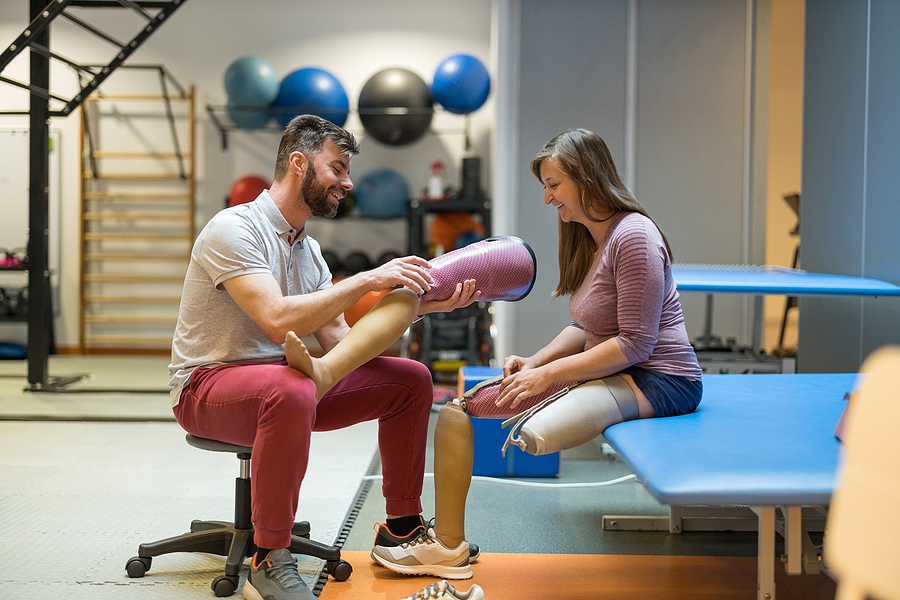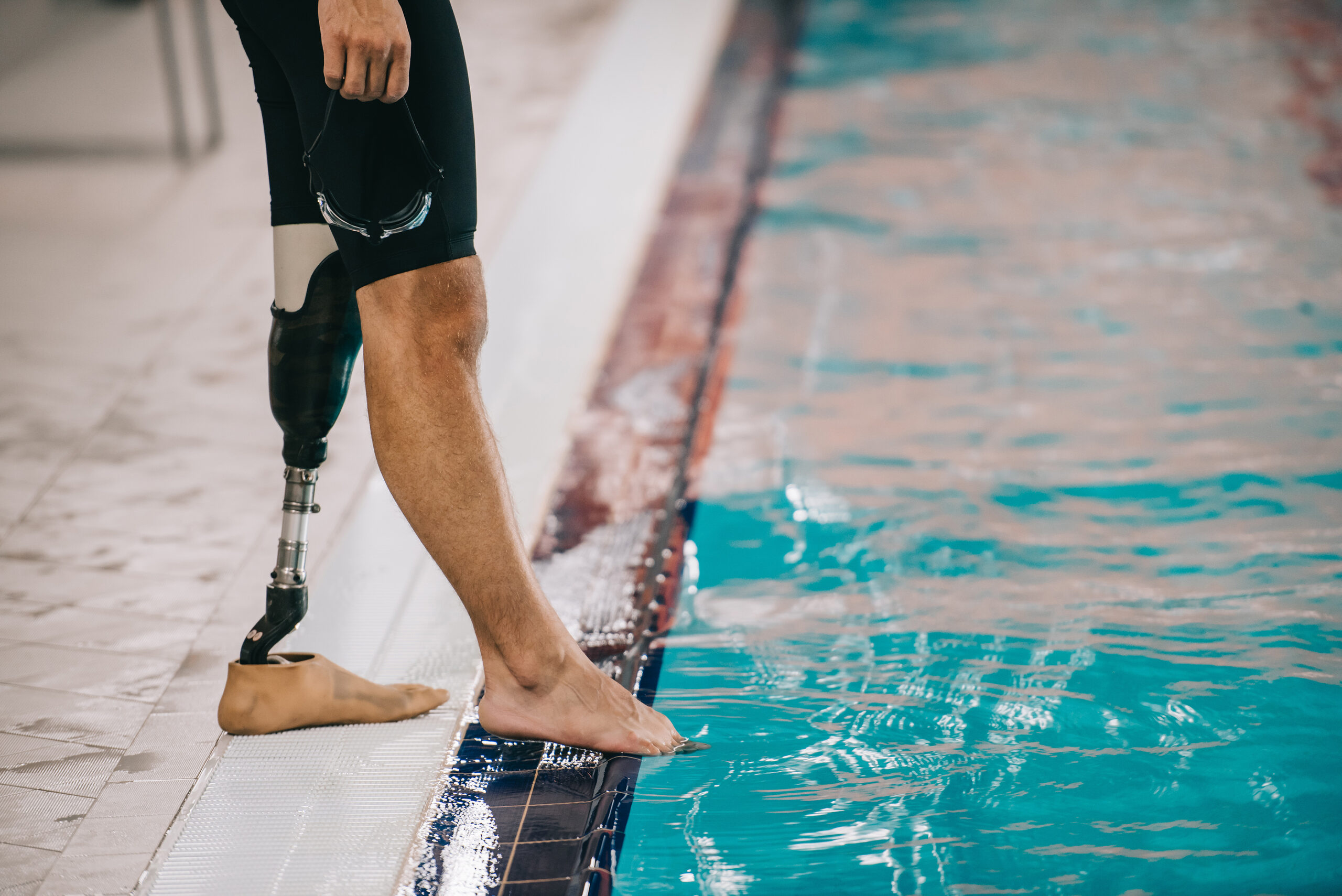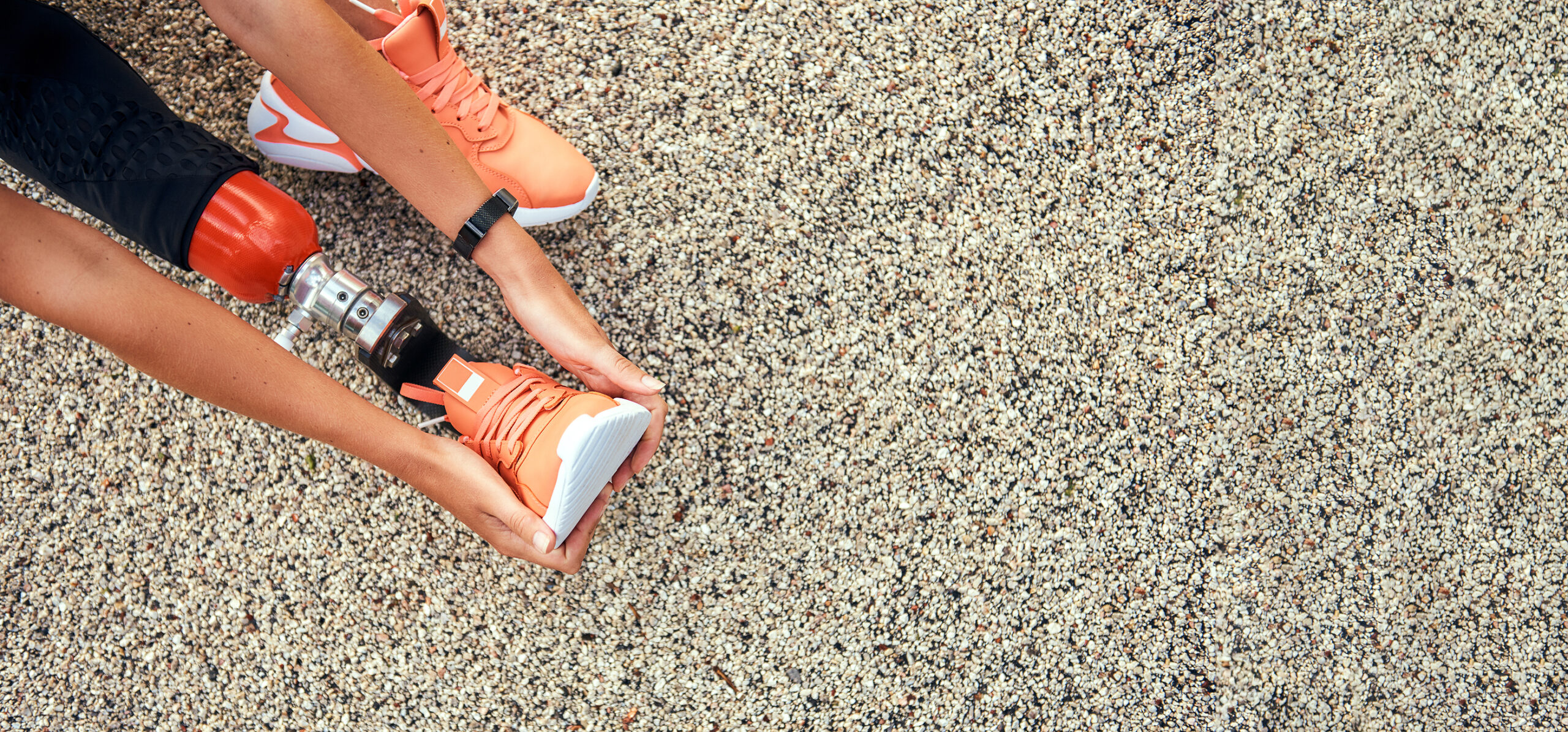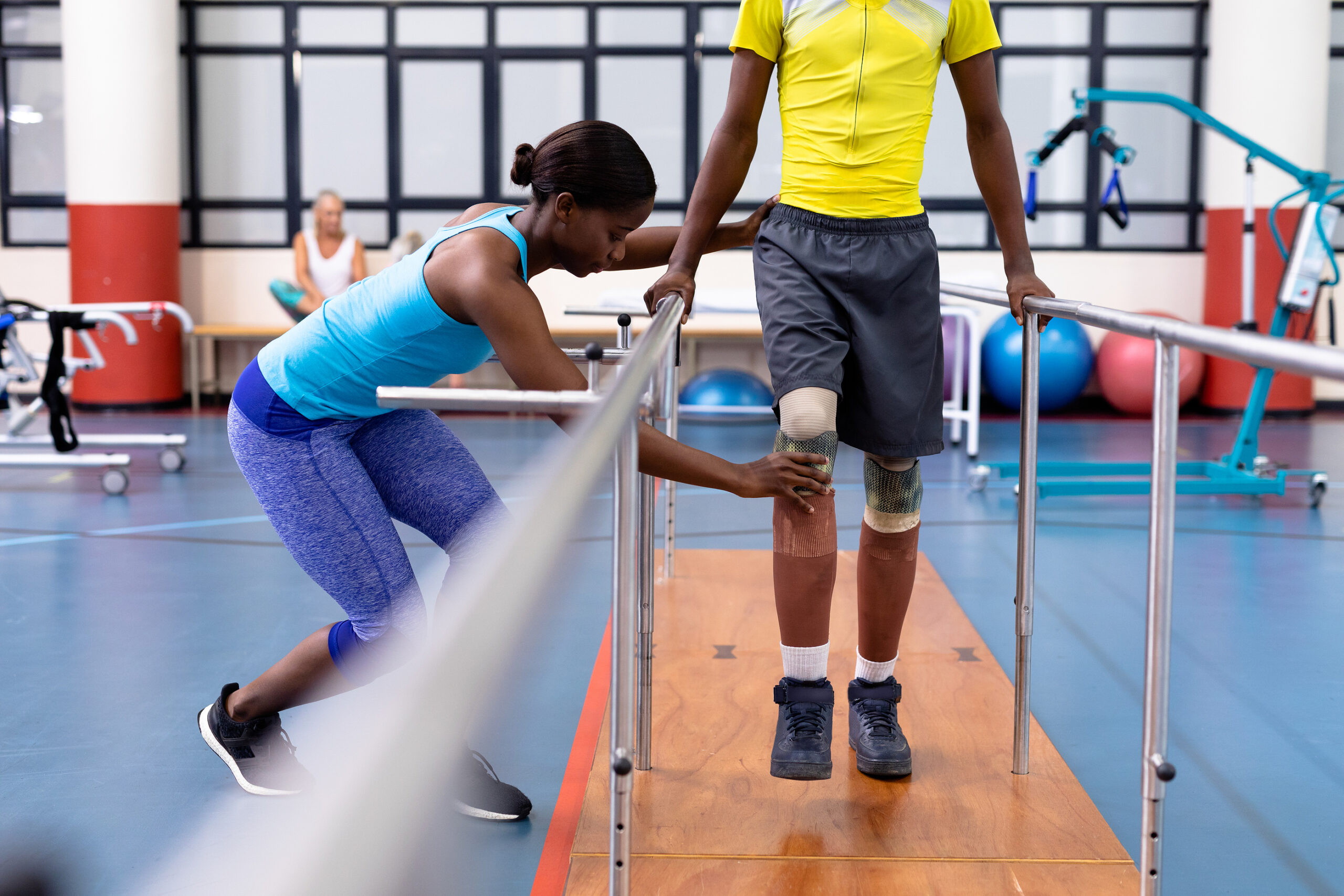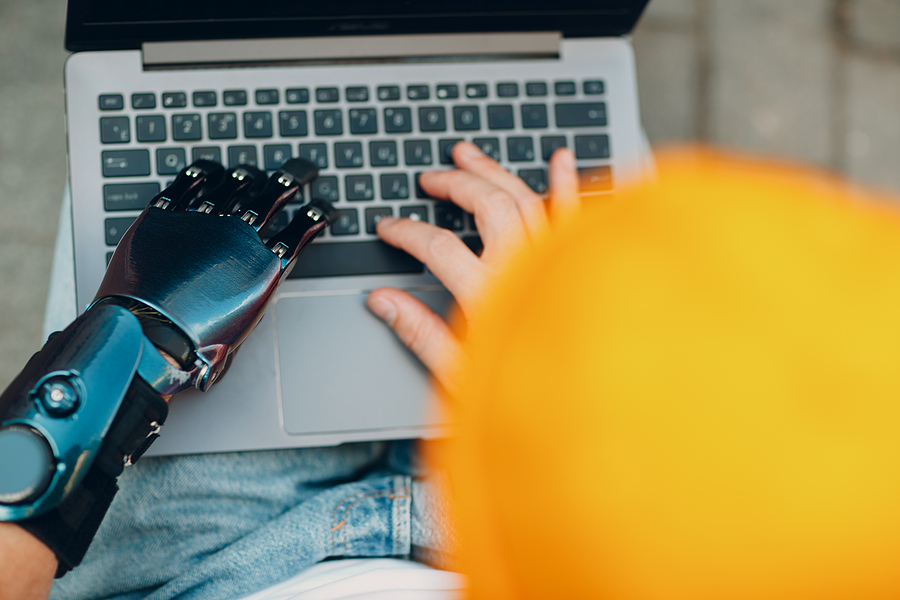Compression Sleeve vs. Suspension Sleeve
Whether you’re new to the world of prosthetics or have been around for a while, you see so many different supplies, prosthetic components, and terms to remember that it can get overwhelming. The most important supplies to use with your prosthetic limb for your comfort are prosthetic sleeves and liners. Prosthetic liners and sleeves, sometimesalso referred to as compression sleeves and suspension sleeves, are similar but not the same. Below, we’ll go over the different types of prosthetic leg sleeves, how to use them, and their benefits.
What Are Prosthetic Sleeves and Liners?
Prosthetic sleeves and liners are worn to protect your residual limb, provide comfort, and act as a barrier between your prosthetic limb and your body. At the same time, they aid in suspension, connecting the prosthesis to the residual limb. You don’t have to wear prosthetic sleeves and liners, but doing so protects your skin from chafing and discomfort while enhancing the fit and movement of your prosthetic limb.
Is There a Difference Between Prosthetic Sleeves and Liners?
Prosthetic sleeves and liners serve the same purpose, but they’re different components of your prosthesis. There are three main materials used in prosthetic liners, and they’re categorized based on how soft they are and the level of durability they provide.
TPE Liners
A TPE (thermoplastic elastomer) liner is incredibly soft, making it an excellent choice for new amputees or those with sensitive skin. It’s also a great choice for people who aren’t extremely active and are primarily concerned with comfort. Because of its softness, it’s not especially durable, so TPE liners need to be replaced more frequently.
Urethane Liners
On the other side of the spectrum are urethane liners. They’re not the softest, but they’re great for durability and adaptability. These liners provide wearers’ flow properties — where the gel woven inside the sleeve materials can flow away from areas of high pressure, which allows for an even distribution of pressure and an even fit. These liners are great for people who lead extremely active lifestyles because of their ability to balance out pressure.
Silicone Liners
Silicone liners are in between TPE liners and urethane liners. They’re softer than urethane liners but more durable than TPE liners. They’re a great option for people who are more active and need more support but not necessarily as much as the urethane liners provide.
What is a Suspension Sleeve?
When it comes to prosthetic sleeves, especially prosthetic leg sleeves, a wearer can sometimes require vacuum and suction suspension. This is where suspension sleeves come in. A suspension sleeve is a sleeve attached to the prosthesis that rolls onto your thigh. This creates a seal and helps hold the prosthesis onto your residual limb. Suspension sleeves are usually made of neoprene, gel, or other synthetic fabrics, and they can be used as either the primary or secondary form of suspension. The four most common types of suspension that work with suspension sleeves are vacuum, suction, sealing, and self-suspending.
What is a Compression Sleeve?
A compression sleeve is a type of prosthetic sleeve usually called a shrinker. Compression sleeves are an amazing prosthetic sleeve choice for new amputees as they aid in the healing process. They put pressure on the newly amputated limb, which allows for desensitization, increased blood flow, a reduction in swelling, and the healing of your scar.
Can a Compression Sleeve Be Worn as a Suspension Sleeve?
Compression sleeves, or shrinkers, are not worn as suspension sleeves. A suspension sleeve is worn while wearing your prosthesis, and compression sleeves are worn while you’re not. Many people take breaks throughout the day to take off their prosthetic limb and put on a compression sleeve to reduce the natural swelling that occurs throughout the day, and many people sleep in them as well. The two sleeves aren’t interchangeable, and it’s important to go over the health plan established by your doctor and prosthetic provider.
To learn more about the different components of a prosthesis and how to get properly fit for one, contact us today!


